For people in Mexico City who are in the habit of hanging on to their cars until the wheels fall off or their mechanic solemnly declares the erstwhile miracle of engineering to have given up the ghost, Mexico City has just become a lot less friendly.
Beginning in July 2014, city authorities decided to tighten up the “one day without a car” or Hoy No Circula program for vehicles over eight years old.
This is roughly how the new system works:
- Hybrid and electric cars are exempt from restrictions, and get a sticker to establish the fact;
- Cars from one to two years old can get the double-zero sticker, with unlimited driving;
- Cars from three to eight years old get the zero sticker, also without limitations;
- Cars from nine to fifteen years old get sticker No. 1, and are barred from the roads one day a week and two Saturdays in the month; and
- Cars over fifteen years old get the No. 2 sticker and are barred one day a week and every Saturday…
…this is all assuming that the cars in question pass the corresponding emissions tests.
Vehicles with license plates from States not included in the emissions testing program are treated as 15-year plus cars even if they just left the assembly line. Presumably this is to keep people from buying cars in another State and avoiding all the emissions testing hassles. How many people actually would do that is very debatable. Special passes for tourists and occasional visitors to the capital are available online (in Spanish).
If you think this sounds like the capital’s government and its counterparts in adjoining States have come up with a plan that favors the better-off, you’re not alone.
One particular criticism is that although the capital claims to be discouraging the use of private cars, the proliferation of “segundos pisos“ — the elevated roads on major thoroughfares such as Periférico, most of them with tolls — does precisely the opposite. The number of vehicles in the capital has been increasing every year, and average speeds have been dropping.
The government’s arguments are these: five million vehicles circulate daily in the Mexico City metropolitan area, and cause 50% of the air pollution while transporting only 30% of the inhabitants. They expect the stricter Hoy No Circula rules to decrease the number of vehicles by 560,000 each day. Furthermore they assert that without the program, risks of bronchitis would rise by 70% and pneumonia by 80%.
The new rules were based on recommendations by the Mario Molina Center, an environmental think tank, which suggest that the efficiency of the Hoy No Circula program will increase by 52%. Mario Molina is the Mexican scientist who won a Nobel prize in 1995 for work on ozone. Among the center’s findings:
- 43% of the city’s vehicles are less than eight years old and face no restrictions
- Of those who have to leave their cars at home, 64% use public transport, 14% stay home, 8% use taxis and less than 5% acquire another car
- Advantages of the Hoy No Circula program include more frequent renewal of the vehicle fleet
- Disadvantages include that it leads to more cars being bought overall.
Learn more about driving in Mexico
Mexperience offers articles with insights to help you prepare for your road trip and drive confidently in Mexico.
- Importing a foreign car or other vehicle to Mexico
- Getting a Temporary Import Permit (TIP) for your vehicle
- Insuring your vehicle for driving in Mexico
- Your Mexico road trip checklist
- Latest articles about driving in Mexico
- Guide to auto insurance in Mexico
Mexperience is pleased to refer our readers to MexPro auto insurance, which offers comprehensive coverages valid in Mexico using English-language policies backed by a fully-licensed US insurance broker. Their insurances cover third party liability, provide legal assistance, and you can opt for medical and roadside assistance to be included.
Quote for Auto InsuranceMexico in your inbox
Our free newsletter about Mexico brings you a monthly round-up of recently published stories and opportunities, as well as gems from our archives.

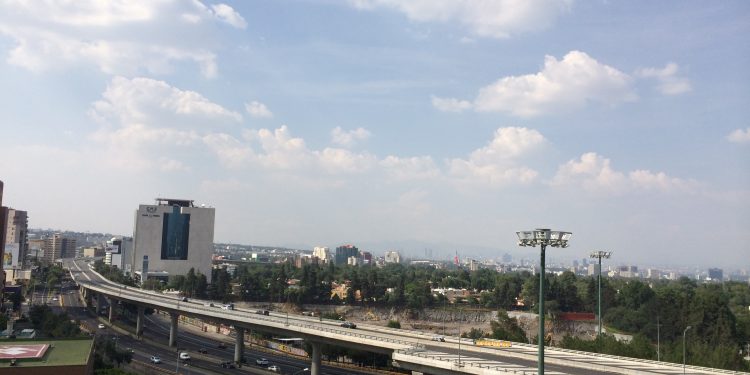
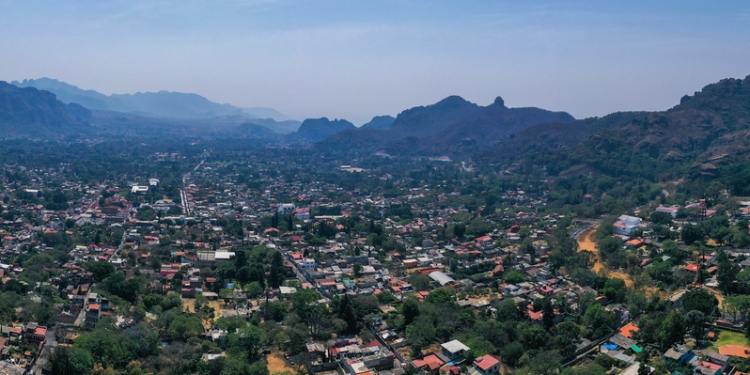
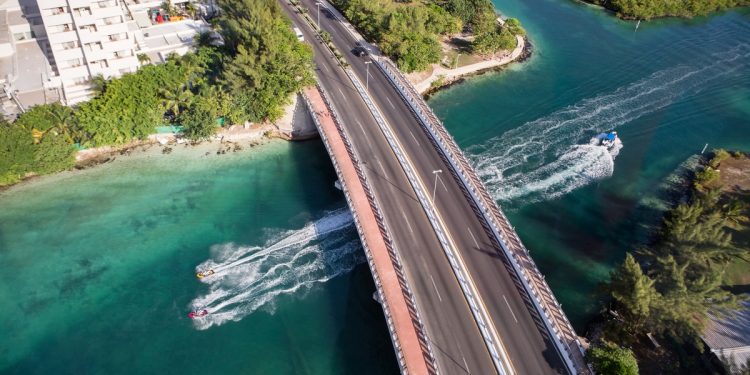
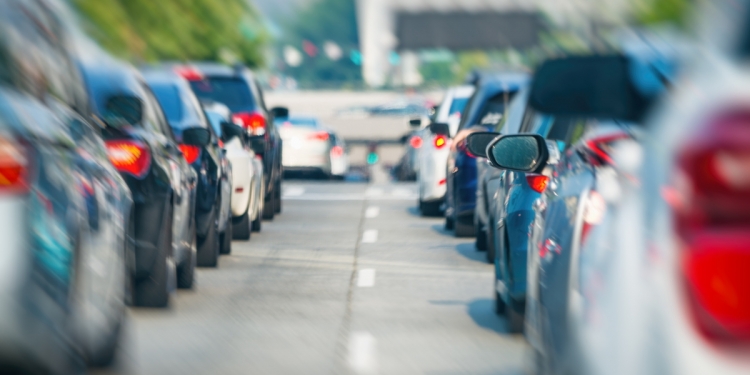
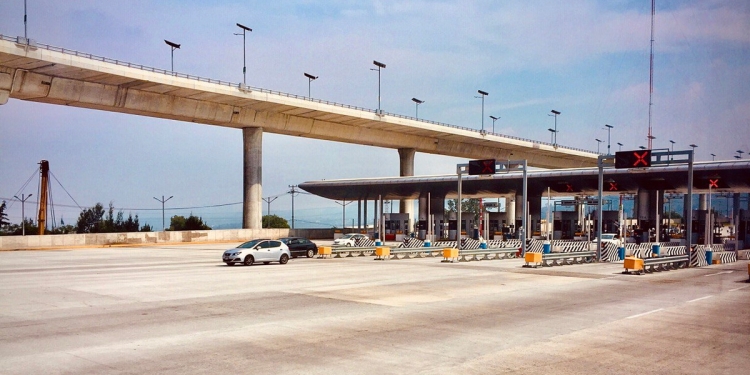
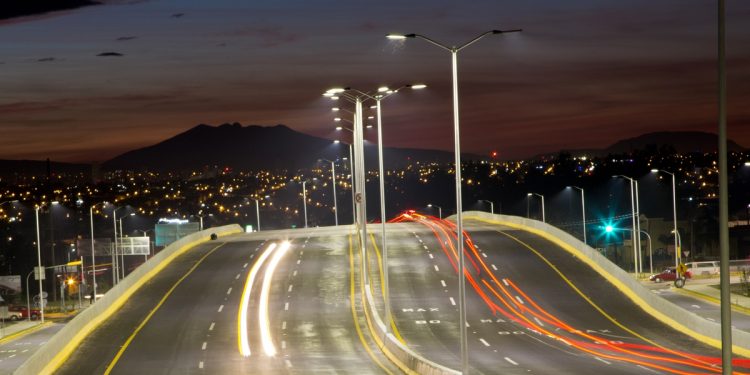
First of all, congratulations on these article. Like always, it is very well written. I especially liked the part where you explain how the new rules work because not a lot of people know them, despite the fact that the program has been in force for a while now.
Though it is very well-intentioned, the new Hoy No Circula program has many faults:
The majority of people do not have the economic means to buy new cars every one, two or three years. Let’s think about a person who can’t afford to work without their car and it doesn’t pass the emissions tests. What would he/she do? Most likely, slip something to the mechanic or whoever is attending those places (Centros de Verificación) so that he/she can manage to use his/her car as many days as possible. I am not saying it is okay but I understand that sometimes there is no other option.
The public transportation system should’ve gotten a makeover BEFORE the enforcement of the new rules; I talk about a TRUE makeover. Raising the cost of the subway ride from 3 to 5 pesos was useless and insane, since the service still sucks and the trains are still horrible, old and do not function like they should. So, now, people walk in a blind rage because they’re paying more for a less than great service (I include myself). When the subway system was built, it was a first-class transportation but, now, the City and its population has grown so much that it needs to be extended so that you can truly travel throughout Mexico in it. If you need to take two buses and travel 16 Metro (subway) stations to get from point A to point B, then I think something needs to be done.
Also, the Metro, peseros (buses) and Metrobus do not work 24/7, like in New York, for example, so I think it is important to extend the service hours and really make it safe for all users.
The “segundos pisos” flood everytime it rains because they were poorly constructed. A lot of money was stolen (wonder of wonders…).
The establishment of public bicycle stands is awesome but a lot of them are in very bad conditions. I would work on that and try to set up more stations.
Finally, I have seen the Metrobus and most buses pollute like crazy. Where are they being checked for their emissions?
I love my city; I’m a proud chilanga! But our government still needs to work a little bit more to come up with projects that are truly effective and beneficial to us all.